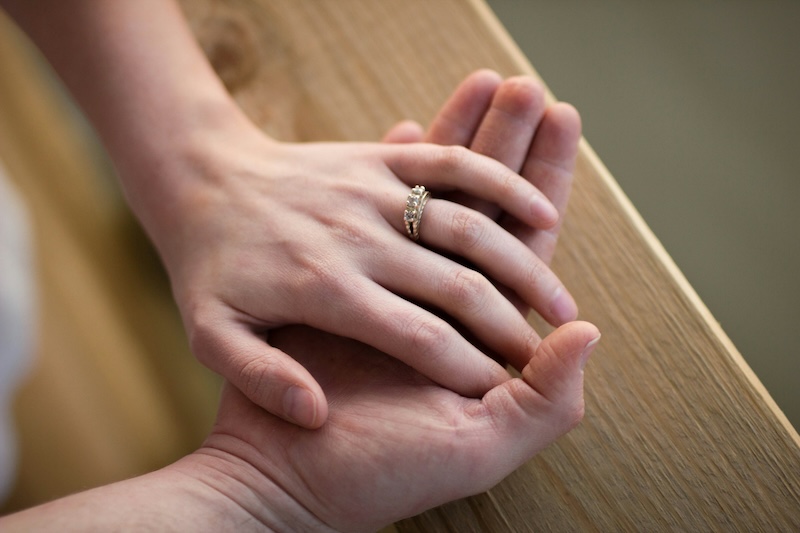
Blog
Why Physical Touch Is Essential for Mental Health
Physical touch is one of the simplest yet most profound ways we can support each other’s mental health, offering comfort, connection, and healing. A hug, a hand to hold, or a comforting pat on the back can speak volumes, providing solace where words fall short. This blog explores why touch is not just beneficial but essential, with a spotlight on the growing practice of cuddle therapy, also known as hug therapy, that is changing lives for the better.


